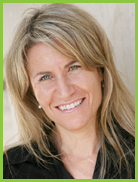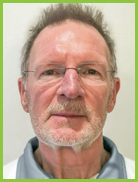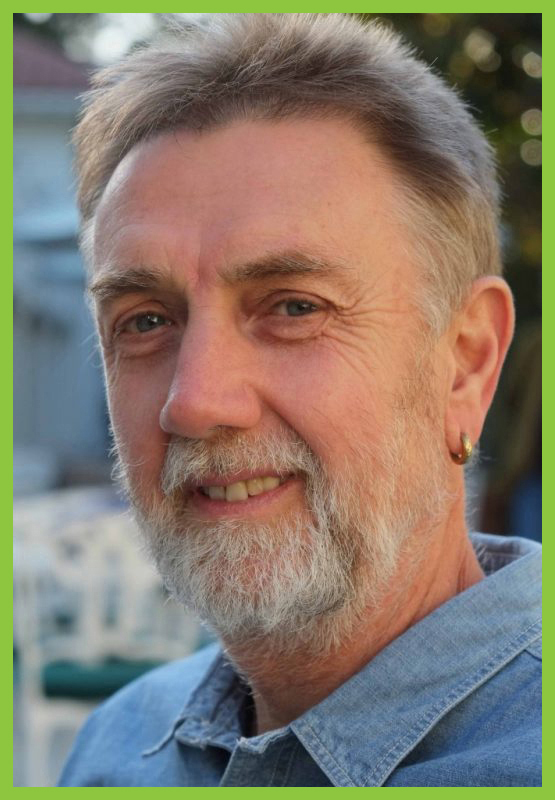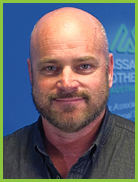| Pre-Conference Workshop on Friday 27 May 2022 | |
|
|
Incorporating Muscle Energy Technique (MET) into your Practice – Rob Granter
|
|
|
|
| National Conference Sessions on 28–29 May 2022 | |
| Keynote Speaker | |
|
|
Mastering Your Massage Business – Elicia Crook |
| Opening Remarks | |
 |
Building Your Network and Being Professional – Samantha Rigby |
| Breakout Sessions | |
|
|
Why Joint Mobility Investigation and Treatment Should Be a Priority for Manual Therapists – Craig Quinlivan |
|
|
Acupressure for Lower Back and Leg Pain – John Kirkwood |
| Four Approaches to the Assessment and Treatment of Shoulder Pain | |
|
|
Shoulder Pain – Garry Lavis |
|
|
Approaches Using Dry Needling – Robert De Nardis |
 |
Approaches to the Assessment and Treatment of Shoulder Pain – Rob Granter |
 |
Tools of the Trade – Steve Stahl |




